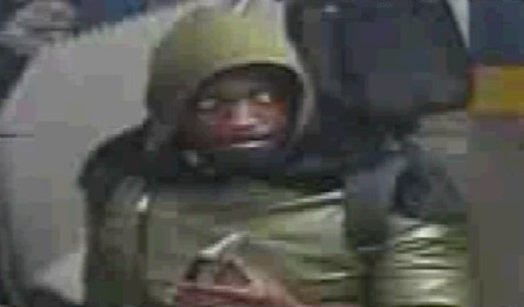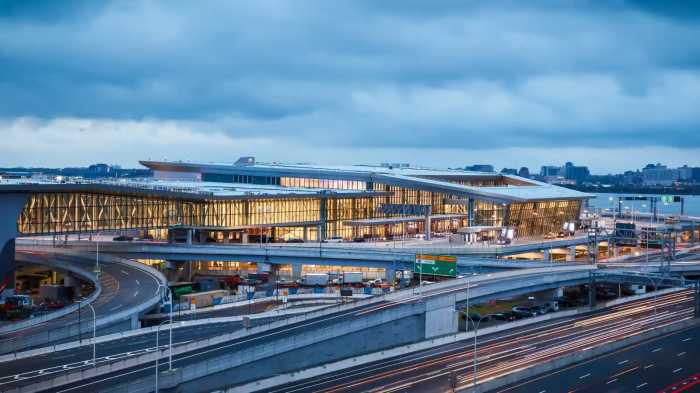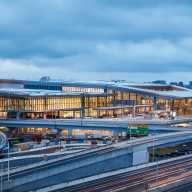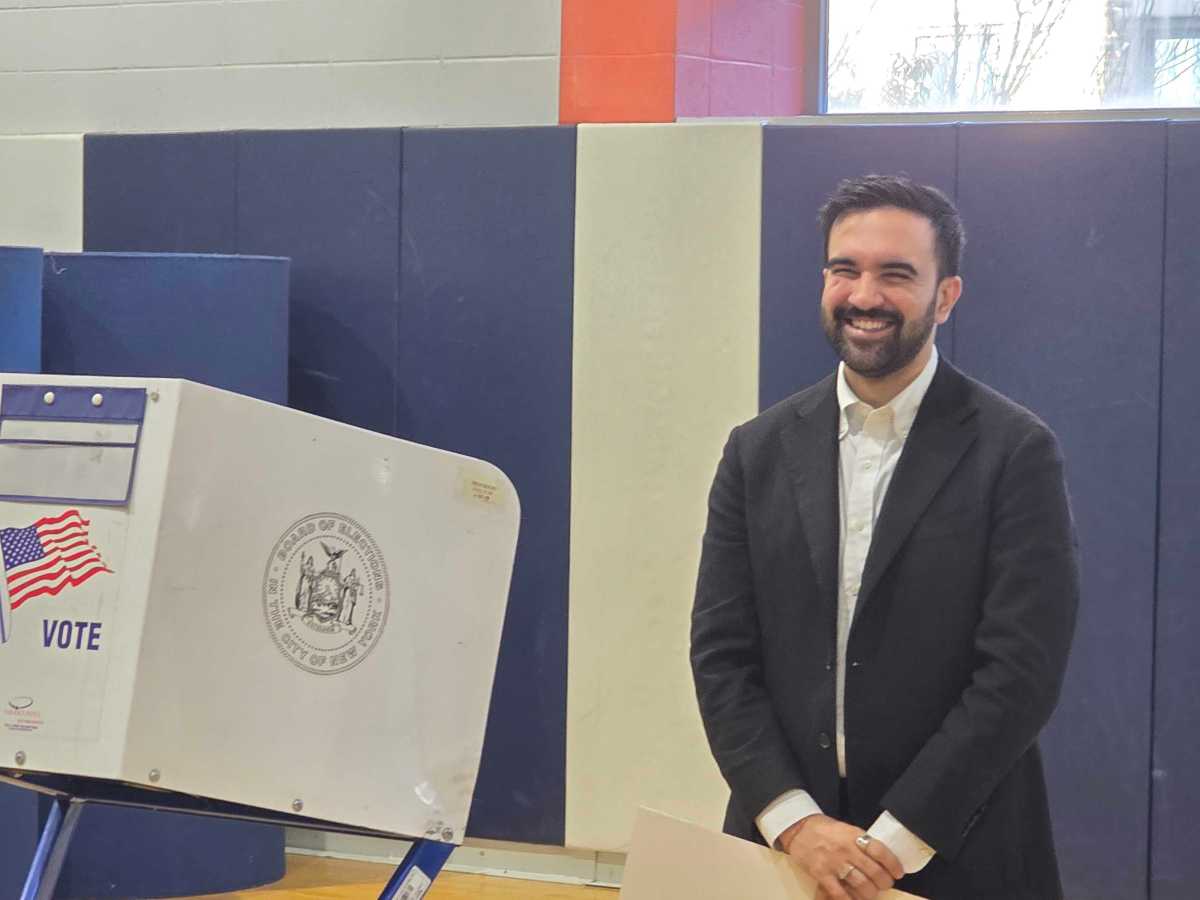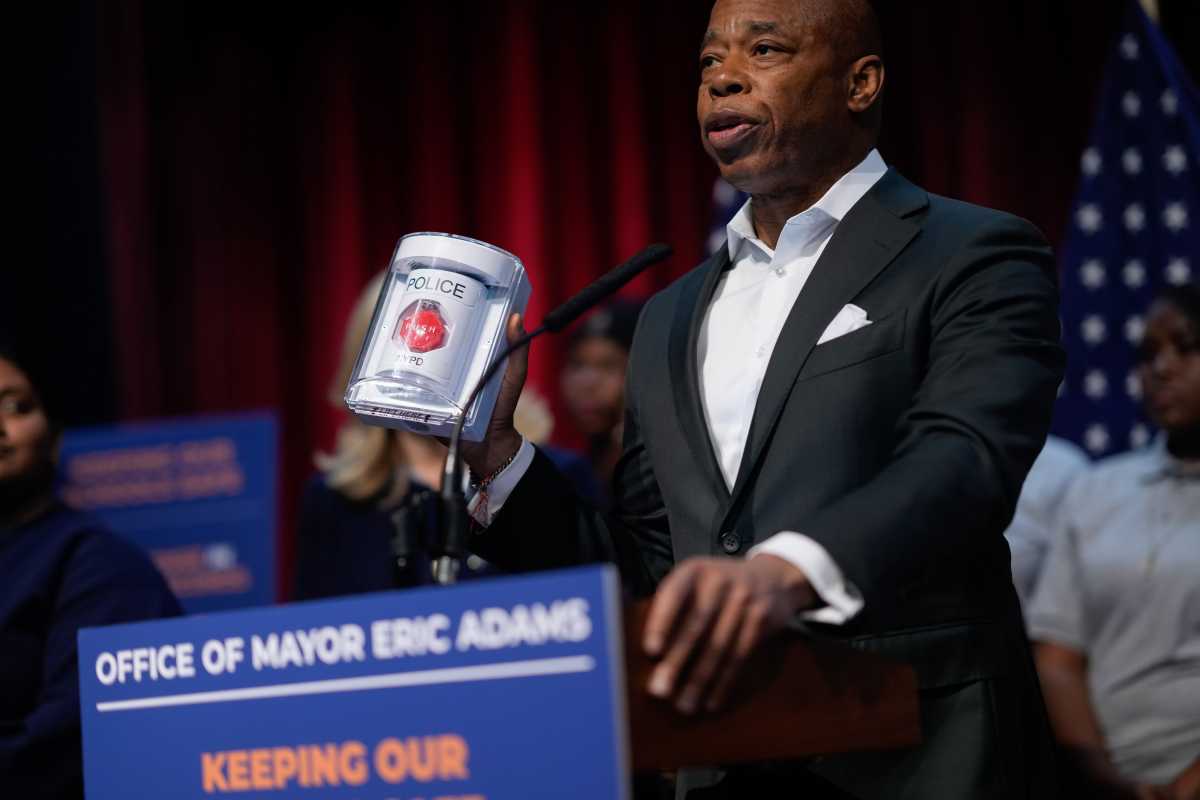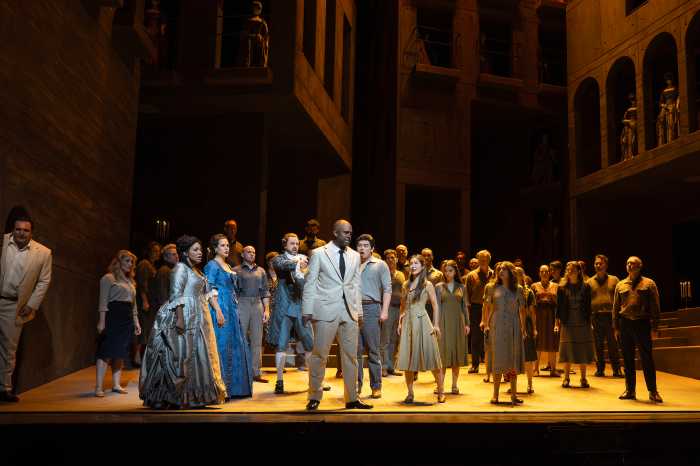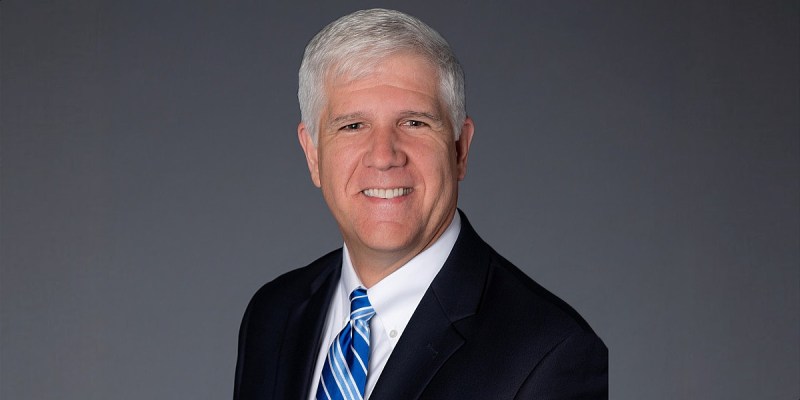Split Voices On Woodhaven Blvd. SBS
Department of Transportation (DOT) officials heard feedback on bringing Select Bus Service (SBS) to Woodhaven and Cross Bay boulevards at the second in a series of workshops, at Woodhaven’s P.S. 306 last Wednesday, June 25.

The DOT has been studying the congested north-south corridor since 2009, with recommendations to alter the roads focused on increasing pedestrian safety and reducing travel times, officials said.
Recommendations from residents necessitated the workshops, with many asking that SBS be implemented, Eric Beaton, director of Transit Development for the DOT Division of Traffic and Planning said.
“The purpose of this meeting is very much to hear from you on what you would like to see on Woodhaven Boulevard,” he said. (And) “to get a little creative and to get feedback on what the road could be.”
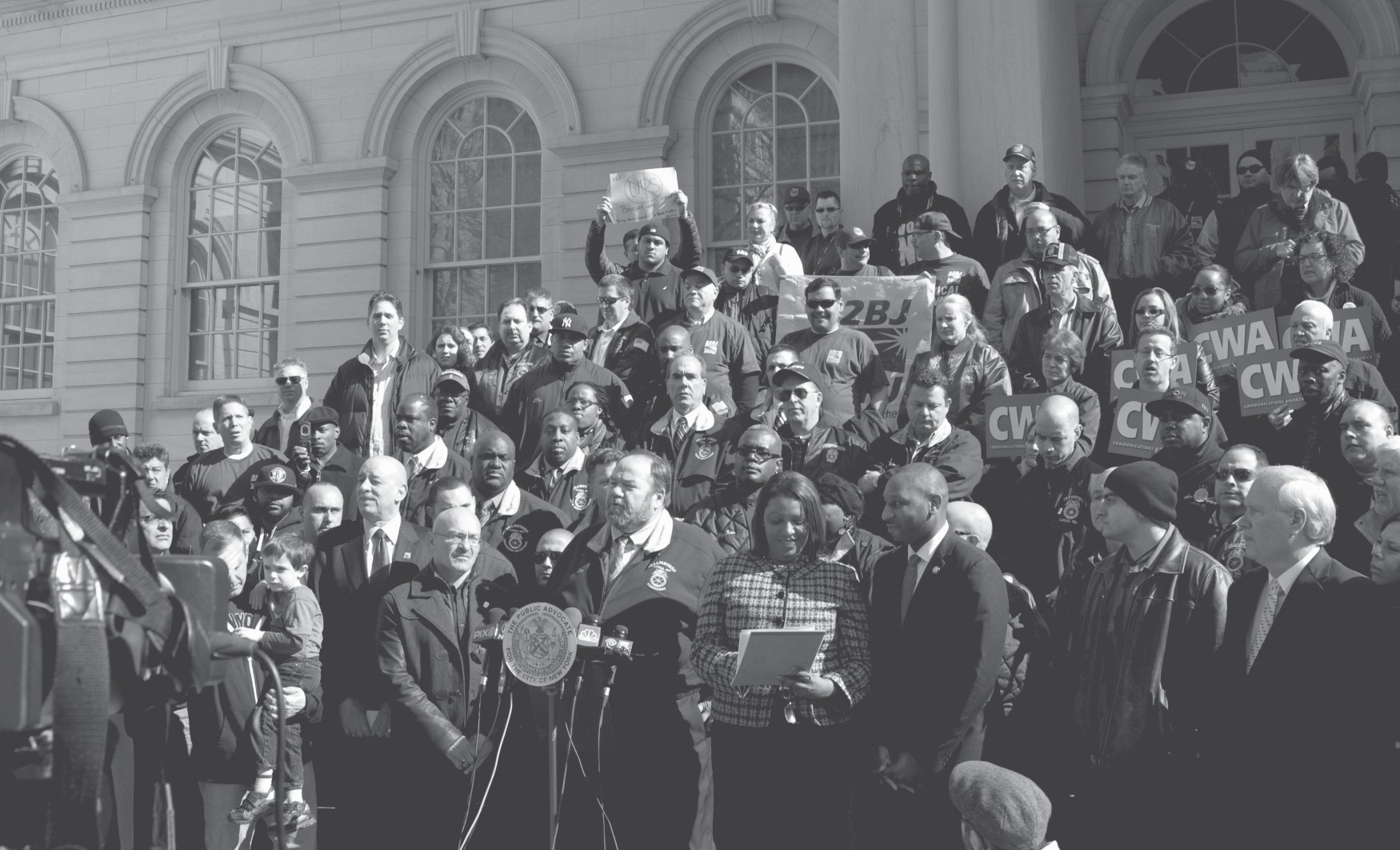
Following a brief presentation by Robert Thompson, DOT senior project manager for Transit Development in the Division of Planning and Sustainability, attendees were seated at tables in small groups and asked to give their feedback.
“The idea is how could Woodhaven and Cross Bay boulevard be reimagined if we could start from scratch,” Thompson said. “Where people would like to see SBS stops, or stations as we call them. The idea is for people to think about what they would like to see changed.”
At the previous workshop in April, feedback was that buses are slow and unreliable during rush hours, pedestrian crossings are difficult and dangerous and service in the Rockaways should be extended farther east to Far Rockaway, DOT officials said.
Transportation activist Phil McManus, members of the Riders Alliance, a nonprofit that works to get residents involved in transportation issues and members of civic groups, including several from the Woodhaven Residents’ Block Association and at least a half dozen DOT officials attended last Wednesday night.
Draft plans to install SBS could be complete this fall, by the winter DOT can select a design and by early 2015 develop details for a preferred design, meaning “the serious engineering work,” to alter the thoroughfare, Thompson said.
But the process is moving too quickly for some that feel the changes are not necessary.
Madelyn Roesch, a Woodhaven resident said the community has not been consulted, and before the workshop began, interrupted Thompson to ask out loud, “Whose idea was this?”
Another person unhappy with the pace of the project, Alan Rosen, said, “This is not how you begin a study.”
“This is part of a long-term DOT plan,” Thompson replied, “to improve safety and reduce congestion.”
“We’re not here to say here this is the plan, accept it,” Beaton said. “We are here because people complained about slow bus service. That’s why we are having the workshop.”
DOT officials, along with many in attendance touted the benefits of implementing SBS, but others remained unconvinced.
“Because I am tired. We’re still having stuff foisted on us,” Roesch said. “Nobody asked for it.”
Another Woodhaven resident, Hope Trent-Mendez agreed.
“Ask me what I need before you tell me,” she said. This isn’t what happened. That’s like if you ask me to dinner and decide what I eat.”
Others like Rockaway resident Joe Hartigan welcomed changes to the Boulevards.
“I’m the guy that pushed this line, he said. “Something has to be done,” he said.
He lives in Belle Harbor, is frustrated by long commutes from the Rockaway Peninsula to the rest of Queens and feels SBS could help reduce travel times for riders.
“I’ve been an SBS service fan for the last five years,” he said. “For Rockaway, transportation is terrible. It’s always held Rockaway back.”
“The most important thing is getting to work or school. It’s very aggravating when it takes over two hours to go from Rockaway to Queens College by bus. That’s ridiculous. It’s not even 14 miles.”
Hartigan said he will attend community board meetings in Staten Island to investigate how SBS is working in that borough.
“I’m just happy everyone at my table realized something had to be done to improve bus transportation,” he said.
Community Board Chairperson Vincent Arcuri said he wants DOT “to continue the safety improvements along the Woodhaven corridor and make sure they understand the communities needs and concerns.”
He was also intrigued by the big picture, and DOT’s idea of the “reimaging of Woodhaven Boulevard which indicates there may be additional funding sources,” he said.
After the breakout session, one person from each table summarized their group’s feedback.
These included wanting as many travel lanes as possible, ideas to improve safety, solutions to relieve congestion, dedicated bus lanes and concerns over possible lost parking
“I thought the meeting was helpful, it was good to see some new faces and discussion,” Hartigan said “This is about going north to south in Queens.”
Some tables, including Roesch and Trent-Mendez group voiced the opinion that local residents should have more control over the decisions
“We don’t see any real need for change,” Trent-Mendez said. “We don’t want bus lanes.”
Information on the features of SBS was distributed by DOT at the workshop. It promoted the benefits of several types of improvements, including; curbside bus lanes; off-set bus lanes, which are dedicated travel lanes for buses one lane away from the curb; center median bus lanes that run along the center of a corridor; bus bulbs, locations where sidewalks have been widened to meet an off-set bus lane to provide more room for waiting; and bus shelters.
The materials also highlighted off-board fare collection, real time arrival information, upgraded signage and enhanced road markings.
Transit Signal Priority, a system that uses global positioning to track when a bus is nearing an intersection and can turn traffic signals green sooner, or remain green longer was also highlighted
Each of these changes is designed to shorten commute times and improve the experience of riders, according to DOT.
Minimum bus stop spacing, which allows buses to travel faster by not having to stop as frequently was also mentioned. Select Bus Service routes have simpler route patterns with stops farther apart than typical routes, it was noted.
A fact sheet distributed by the Tri- State Transportation Campaign, and obtained from the Riders Alliance, summarized the benefits and sought to debunk some myths about SBS for the city.
The fact sheet claims that creating a dedicated bus-only lane can reduce traffic volumes; that SBS compliments, and often improves existing service; economic activity increases along SBS routes; SBS service leads to increased ridership; improves safety; provides faster service than regular buses; and that on-street parking is not always lost.
In Staten Island, where SBS has been implemented on the S59, traffic volume has decreased by 10-20 percent on Hylan Boulevard and on parallel Father Capodanno Boulevard, they claimed. A reported 12 and 10 percent increase in ridership on the M34, and Bx12, respectively was also reported.
Dedicated bus-only lanes improve speeds by about 10 percent, Thompson said at the workshop.



